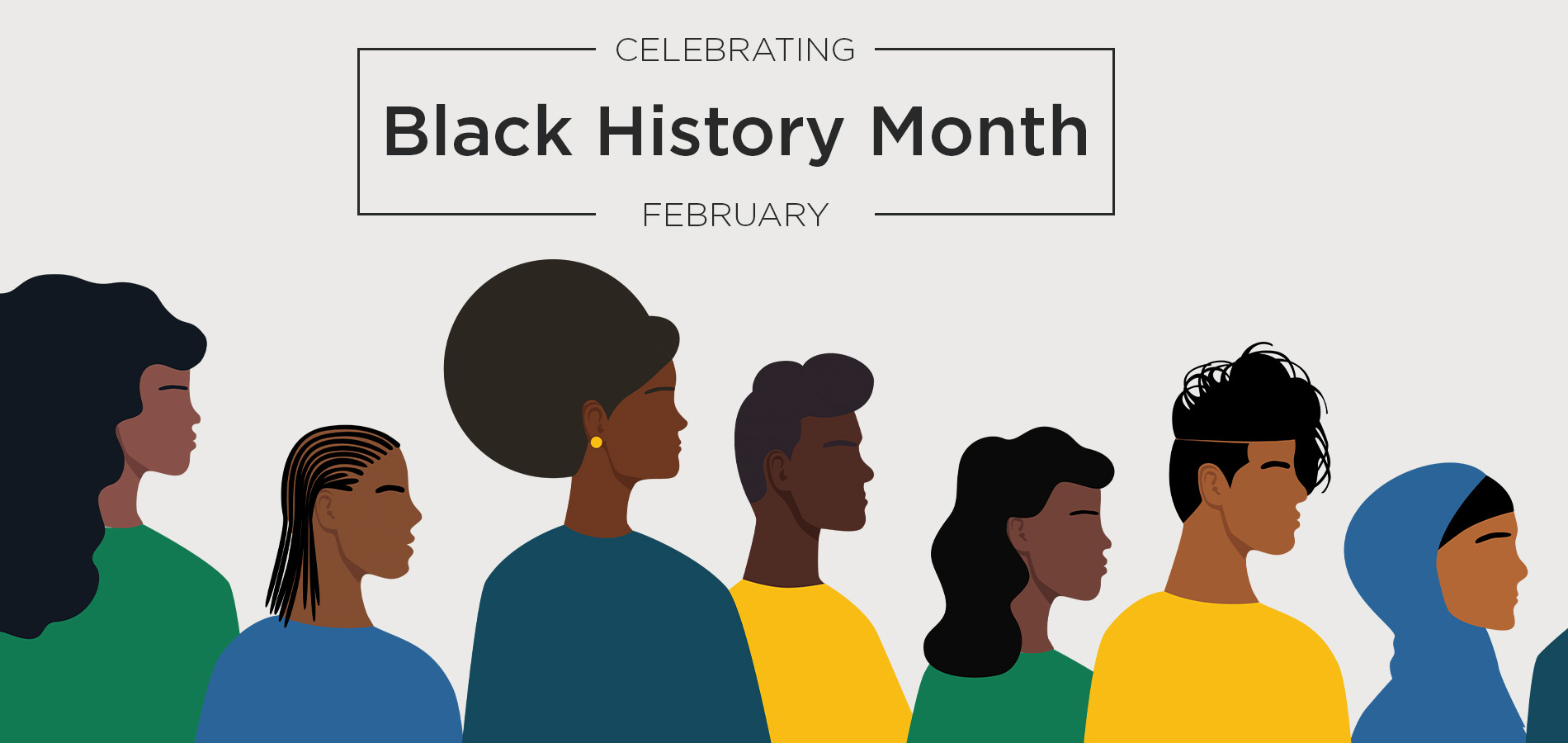
Financial Pioneers: Thomas Patterson & Piedmont CU
The telling of US credit union history isn’t complete without including the contributions that Black Americans have made to the industry. To celebrate and honor Black History Month, we’re sharing the story of a pioneer in credit union history: Thomas Patterson.
An African American farmer in the 1900s, Patterson made a significant impact on the credit union movement as a founding member of the first African American Credit Union in the US. His contribution helped change the way African American farmers were able to secure loans, marking an important milestone in the ongoing fight for racial equality.
The Life of Thomas Patterson
In 1918, Patterson lived and worked in the small city of Landis in Rowan County, NC. Just 53 years after the end of slavery, this was an exceptionally difficult time for African Americans living in the U.S., especially in the South.
During this time, most farmers used the crop-lien system. This meant farmers put up their next crop yield as collateral for credit to buy food, fertilizer, and other necessities. The interest rates in the crop-lien system were excessive (sometimes up to 60%). And whether or not the crops did well, the debts came due.
Patterson wrote the following in the April 1920 edition of The Southern Workman: “Perhaps the greatest drawback to the average poor farmer … is the lack of capital. If he buys fertilizer on time, borrows money, or contracts to be carried over the cropping season, it is usually at such a ruinous rate of interest that few ever get out from under its baneful influence.”1
Patterson was living in the era of the Jim Crow Laws, a series of laws that came into existence at the end of the Civil War. Jim Crow laws mandated segregation and touched nearly every aspect of daily life for African American people in the American South. Despite slavery no longer being legal, there was still a severe racial imbalance in the South, and African Americans were not able to access the same resources. This imbalance extended to financial resources. For example, when an African American farmer needed a loan, the law required him to have a white man vouch for his character.
Leading the Charge for Change
Patterson knew he had to do something to help African American farmers in Rowan County, or they would face debt for the rest of their lives.
In April 1918, Patterson and 22 others took $126 of capital and organized Piedmont Credit Union — the country’s first African American credit union. According to a CUInsight article, Piedmont members “cooperatively bought food, fertilizer, and other necessities in order to save money and collectively build wealth.” When farmers needed loans, the terms were a fixed 6% interest rate.
Piedmont Credit Union’s model turned out to be an absolute success. By the end of 1919, Piedmont was up to 82 members and $1,347.83 in total resources. Word got out about Piedmont’s growth. By 1920, 13 other African American credit unions had formed in the state.
The formation of these credit unions represented an important moment for the African American farming families of the region. The cooperative model allowed them to access affordable loans while avoiding the predatory practices of the crop-lien system.
Patterson’s Impact on the Modern CU Movement
Though Piedmont CU no longer exists, today there is an African-American Credit Union Coalition (AACUC) headquartered in St. Louis. Founded in 1999, the AACUC now serves more than 150 credit unions throughout the country.
Thomas Patterson started the African American credit union movement to help his fellow community members. He was a pioneer and a leader that helped make the credit union industry a more equitable one. As Patterson said, “After all, it is not what a man makes that gives him standing in the community; it is what he saves that counts. The [credit] union helps him to save.”
1 Read Patterson’s full article titled “Negro Credit Unions of North Carolina.”